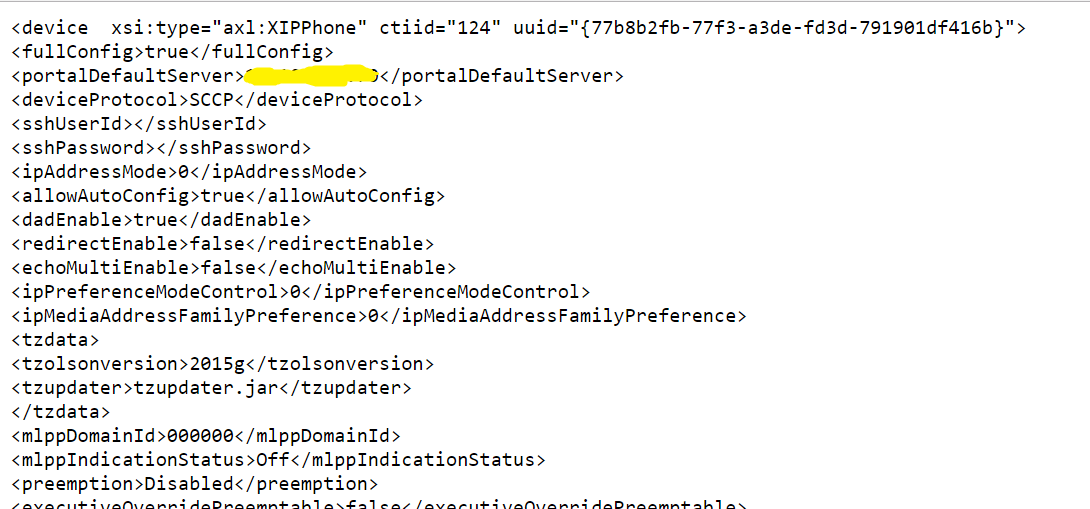Cisco Ing Xmldefault Cnf Xml

I was confused with SEP cnf file and SIPdefault xml file which i got from the web site. Cisco 7970 SEP CNF and XMLDefault file. Stephen Dec 4. Cisco Unified Communications Manager Express System Administrator Guide. Cisco Unified Communications Manager Express System. /its/XMLDefault.cnf.xml alias.
Attention, Internet Explorer User Announcement: Jive has discontinued support for Internet Explorer 7 and below. In order to provide the best platform for continued innovation, Jive no longer supports Internet Explorer 7. Jive will not function with this version of Internet Explorer. Please consider upgrading to Internet Explorer 8, 9, or 10, or trying another browser such as Firefox, Safari, or Google Chrome.
(Please remember to honor your company's IT policies before installing new software!) • • • •.
If you are connecting a Cisco IP Phone that was already registered in CUCM, then the phone contacts the TFTP server and requests TFTP Server to provide IP Phone’s configuration file. This time it will not look for XMLDefault.cnf. Drug Information Handbook 20th there. xml file. Since the IP Phone was already configured and registered earlier, it will look for the config file which is based on the unique Mac-Address.
The file will be in the SEP.cnf.xml which is created by CUCM and uploaded to TFTP Server whenever the administrator creates or modifies the Cisco IP Phone. How to download the file “SEP.cnf.xml” from Cisco Unified Communications Manager? There are two ways through which you can download the configuration xml file. Via Web Interface • Launch your favorite browser.
• Replace X.X.X.X with your CUCM TFTP Address and open page >xxx.xxx.xxx.xxx:6970/ConfigFileCacheList.txt. This will give you all the list of cnf.xml files stored in your TFTP Server. • If you would like to search for a specific Mac-Address >Enter SEP.cnf.xml All you need to do is replace with your actual mac-address and hit enter. You should be able see the configuration on your browser.
Via Windows Command Line • Go to Run >Type CMD and hit enter • Type CD and hit enter • Type tftp -i X.X.X.X get mac_address.cnf.xml and hit enter Replace X.X.X.X with your TFTP IP Address and mac-address with your Mac-Address and hit enter • You should be able to see the configuration file SEP.cnf.xml in C: Drive Hope this helps!